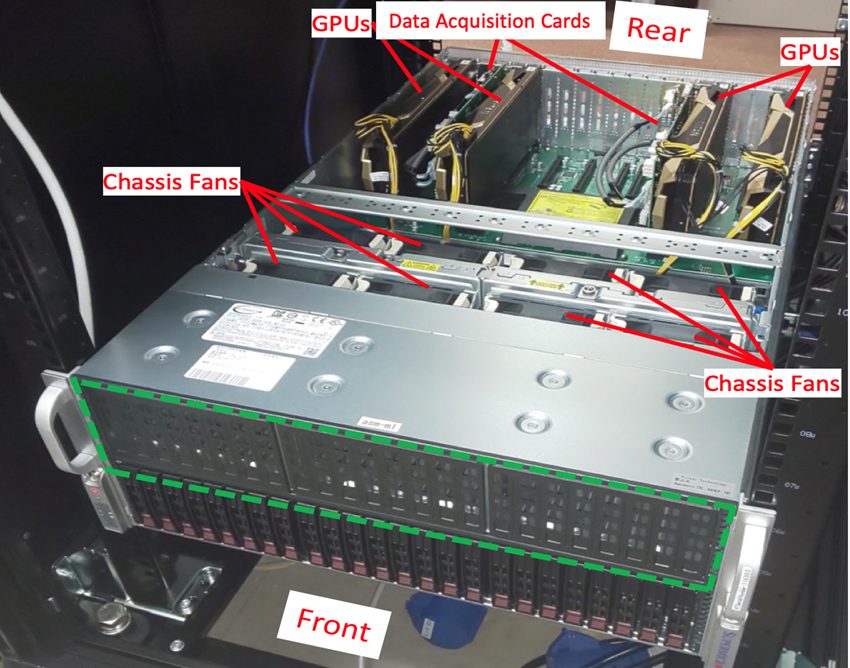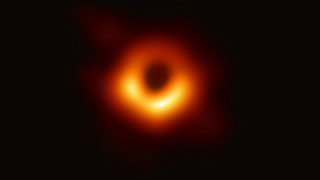ALMA Discoveries
 Credit: ALMA (ESO/NAOJ/NRAO)
Credit: ALMA (ESO/NAOJ/NRAO)
- TOP
- ALMA Discoveries
- Engineering
Engineering
ALMA began scientific observations in 2011, and technological developments have continued in parallel since then. Astronomy is advancing day by day, thanks to the observations by ALMA and other telescopes along with advances in theoretical research. As outlined throughout this article, discoveries made by ALMA are bringing new questions about the astronomical phenomenon in space. After the start of observations in 2011, ALMA has been improving its performance by increasing the number of available antennas, the types of receivers, and the baseline length of the antennas. The plan is to accelerate further development in the future.
 Credit: ASIAA
Credit: ASIAA
First Light of New Receiver
ALMA divides the radio waves into ten frequency bands, and dedicated receivers are available for each band. In 2011, ALMA started observations with four types of receivers. The development of receivers has continued since then, enabling observations at a wider variety of frequencies. In August 2021, ALMA carried out the first observations (first light) in Band 1 which is the lowest frequency band (35-50 GHz). The Band 1 receiver was developed by the Academia Sinica Institute of Astronomy and Astrophysics, Taiwan, in an international collaboration with the National Astronomical Observatory of Japan (NAOJ) and others. This is a major achievement that allows astronomers to investigate the cold Universe using ALMA.
News article: First Light with the ALMA Band 1 Receiver"
 Credit: Osaka Prefecture University
Credit: Osaka Prefecture University
Widening Window to the Universe
Radio telescopes generally have a fixed range of radio frequencies that can be observed at one time. The observations are obviously more efficient if a wider frequency range can be observed at the same time. For example, a wider frequency range will allow astronomers to detect radio waves emitted by various types of molecules at once, or to efficiently identify the radio waves emitted from very distant galaxies. Osaka Prefecture University and NAOJ have developed a receiver that can observe a much wider frequency band at once, and have successfully conducted test observations with a telescope in Japan. ALMA’s performance and efficiency will improve significantly by adopting the same technology to the next-generation receivers for ALMA.
News article: "New Radio Receiver Opens Wider Window to Radio Universe"
 Credit: ALMA (ESO/NAOJ/NRAO)
Credit: ALMA (ESO/NAOJ/NRAO)
New Spectrometer using GPU
Radio waves from celestial objects collected by a radio telescope antenna are captured by the receiver mounted inside the antenna and then converted into an electrical signal. The signal is then sent to a dedicated computer for processing. Two computers are used to process the signals: a correlator, which processes signals from many antennas, and a digital spectrometer, which processes the signals from single-dish antennas. The Korea Astronomy and Space Science Institute and NAOJ have developed a new digital spectrometer that utilizes GPU technology generally used for rendering 3D graphics to process signals more efficiently from the four 12-meter Japanese antennas of ALMA. The new spectrometer will allow higher performance, especially in its ability to precisely measure the intensity of radio waves. The new GPU spectrometer successfully acquired its first radio spectra towards Orion KL on February 22, 2022.
News article: "First light with the new spectrometer for the Atacama Compact Array"
 Credit: ALMA (ESO/NAOJ/NRAO)
Credit: ALMA (ESO/NAOJ/NRAO)
ALMA2: toward 2030s
ALMA is looking further into the future. NAOJ has been collaborating with the research community in Japan and abroad to discuss the next scientific goals to be achieved in the 2020s and 2030s, and the enhancements needed to achieve these goals. The resulting plan is referred to in Japan as "ALMA 2". This plan aims to increase the sensitivity by a factor of two, spatial resolution by a factor of two, and instantaneous frequency bandwidth by a factor of two compared to the current ALMA. These instrumental upgrades are considered based on achieving the following new scientific goals: (1) understanding the formation process of planetary systems in the terrestrial planet formation region, (2) understanding the materials for life in the birth process of planetary systems, and (3) finding the starting point of elemental synthesis in the Universe. ALMA has brought numerous new revolutionary discoveries during its first decade, and it will continue to deepen the intellectual property for universal humanity. We look forward to your continued support.
News article: "Enhancement and Future Development of ALMA for the 2020s and 2030s"





